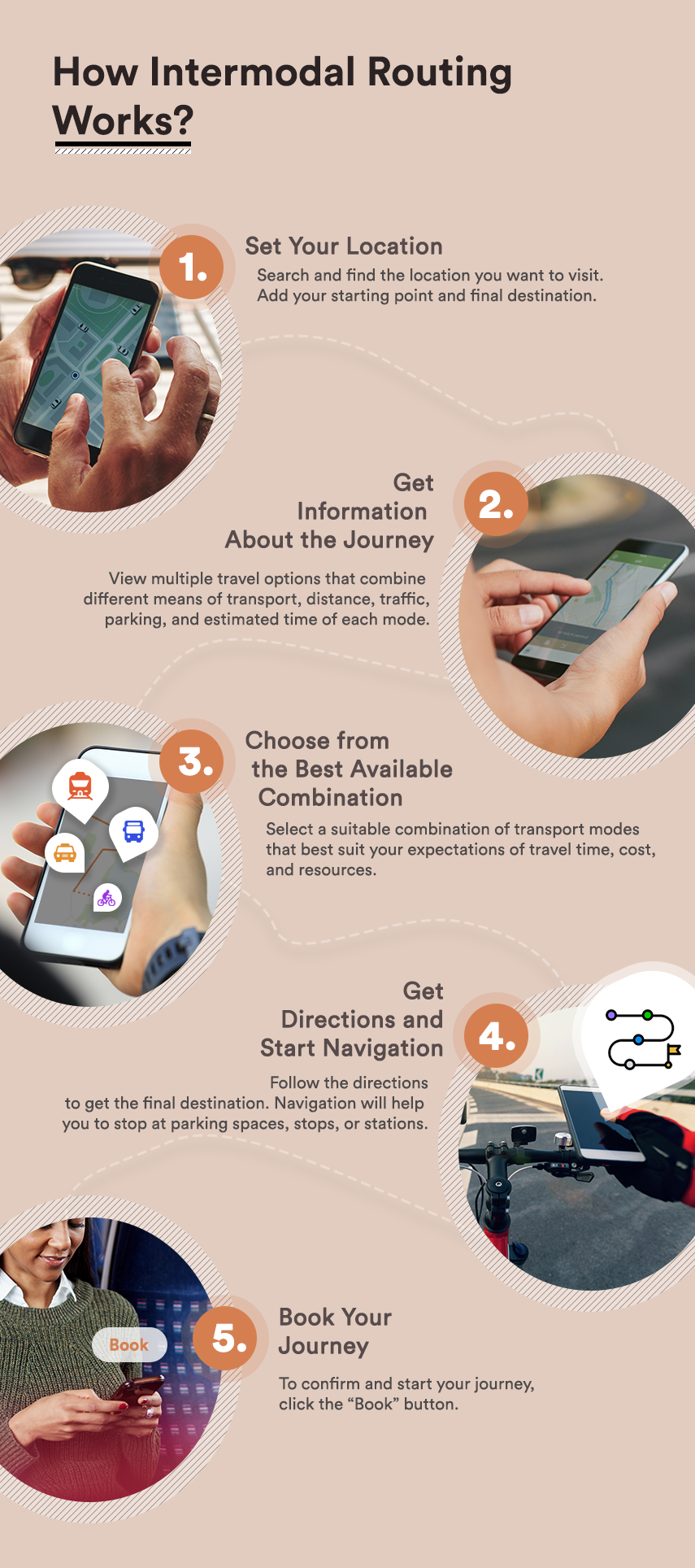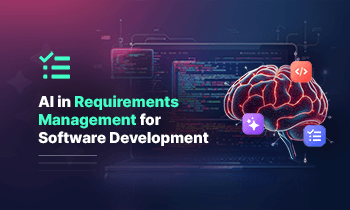Commuting in today’s fast-paced world has become more accessible to everyone because of smart transportation technologies. On-demand transport platforms like ride-sharing, bike-sharing, and shuttle services, autonomous vehicles, smart infrastructure, and other highly-effective digital urban public transit solutions have rapidly changed the way people commute on a daily basis.

The cities will become crowded as 68% of the human population is going to live in urban areas by 2050 (compared to today’s 55%) as per the United Nations. The urban population of the world is proliferating, and it will increase the problems of traffic congestion, pollution, and parking. Hence, it is essential to integrate a smart urban public transport system that reduces carbon emissions and creates a more sustainable environment in the cities. Mobility as a Service (MaaS) is one of the significant and environment-friendly innovations in the transportation industry.
Digital innovations, smart devices, and change in consumers’ lifestyle is driving change in the form of mobility as a service. According to a study, global mobility as a service market is expected to reach $1.75 trillion by 2028. It brings all forms of transport together under a single digital platform that is accessible from a smart device. It makes traveling more convenient, as it suggests the fastest options combining different routes and modes for public transit. Furthermore, the internet and smart devices have made it possible for us to plan a journey depending upon routing algorithms, as emerging mobility technologies strongly influence our behavior.
The Routing Race begins here…
Although many transport technologies have been introduced worldwide, finding the most suitable combination of modes can be a time-consuming task. Commuters have to rely on multiple routing channels – apps that provide information for the entire journey. They have to shift from one app to another to drive more information, and that’s frustrating. Furthermore, many routing apps provide insufficient information about transit data, traffic, vehicle arrivals, or delays. Switching multiple apps for booking different means of transport is also annoying. Therefore, presenting a powerful routing service, in the form of “Intermodal Routing” will enable commuters to choose the best suitable transport mode for the journey on a single platform.
Let us understand ‘Intermodal Routing’
The term indicates the combination of multiple transportation modes for a better mobility experience. It makes the journey attractive by including more than one form of transportation such as walking, bikes, buses, trains, private cars, ferries, trams, and much more. It integrates different transport modes into a single transport network in such a way that the entire ecosystem creates organized, coordinated, and efficiently planned routes for a seamless journey.
Intermodal Routing requires,
- Integration and Interconnection of all the multiple transport modes
- Placement of conveniently located transport stations or connections
- Improved coordination in the transport system
- Proper management of E-ticketing system for all the routes
- The adequate distribution system of all the transport modes
- Implementation of different transportation technologies
- Strict adherence to government policies
The main objective of implementing intermodal routing most productively for the transportation industry is to minimize the travel time and emission of CO2. Because the bustling transportation industry is expanding at a superior level along with urbanization and, so are the complexities people face in urban areas related to traffic congestion, higher fuel consumption, increase in commuting time, and lot more. This results in CO2 and Greenhouse Gas (GHG) Emissions, which causes climate change on the earth’s surface, making the atmosphere warm. Hence, integrating other powerful routing technologies in the market will provide commuters a reliable and safe travel experience.

Importance of the Intermodal Routing Service
It provides information related to the entire journey. The commuter has various interconnected transportation alternatives to a final destination, navigation guidance, and parking information within a proximity area. Usually, the intermodal routing helps to identify the fastest and multiple routes to reach the final destination, as the commuters have the option to use a combination of either walk or ride public transportation before as well as during the journey. It provides real-time data on the transport mode, traffic, and any transport delays. It calculates and charges the best fares for your entire journey.
Key Elements of Intermodal Routing Service
-
Transport Technology
The platform combines the latest transport technologies such as mobile apps, GPS technology, surveillance system, sensors, electronic transactions or ticketing systems, and security employed to make the transit safer in the urban areas. -
Transport Infrastructure
The infrastructure, consisting of roads, rails, parking areas, stations or access points, ticketing facilities, waiting areas, accessibility of vehicles, public/private partnerships, and human resources, makes the transit efficient for the commuters. -
Location
Longer the distance, higher the usage of multiple transport modes. Hence, accessibility of the location from the start point to endpoint and other access points for bike or cycle mode makes the travel seamless. -
System Management
Centralized transport system accessible on a digital platform is intricately linked with transport infrastructure and associated transport stakeholders to govern the entire transport network.
Benefits: Making transport more accessible
1 Accurate Data
Intermodal Routing provides the fastest routes combining all the means of transport modes, real-time transit information, traffic, arrival and delay timings, access points, and all the vehicles in the transit network. This platform creates visibility and shows the real-time perspective of the entire transport network.
2 Reduced Travel Time
The innovative routing concept enables the commuters to select the suitable combination of transport modes considering the cost, the number of routes, vehicles, and other supporting facilities, that reduces the overall travel time.
3 Saves Cost and Time
Commuters can take advantage of the 21st-century mobility network by selecting the most comfortable journey, which is a combination of the mixed-modes – meeting the needs like routing, distance, timing, vehicle, and traffic to minimize costs. The concept uses the resources more efficiently and integrates them in the existing transit system to optimize shared autonomous fleets.
4 Efficient Communication
Commuters and transport stakeholders can view the real-time information related to travel such as pedestrian instructions, arrival time, delays, disruptions, vehicle location, traffic, on-going routes on a single digital platform that is accessible via web or mobile apps.
5 Environment-Friendly
Intermodal routing integrates multiple transport modes and creates a sustainable single transport network that reduces the traffic congestion and greenhouse gas release. The routing algorithm calculates the best commuting options in the fastest way to save time and energy.
Conclusion:
With the rapid development of urbanization and digital innovations in the transportation sector, creating smart and more sustainable transport technologies has turned out to be a necessity. Identification of optimal modes of transport and connecting them into a single network has become easy with intermodal routing. The commuters can easily visit the places in the urban areas by using the most convenient commuting options that provide real-time transit details. Furthermore, it helps to plan the entire journey on a single platform, with no need to use multiple mobile apps or web-platforms to move from one place to another. Instead of fixing the modes, this concept enables the commuters the set of numerous possible modes for commuting. Therefore, it is necessary to provide numerous alternatives for transport, which perfectly fits the commuters’ preference for sustainable environment-friendly transportation systems in urban areas.
Author's Bio

Shailendra Sinhasane (Shail) is the co-founder and CEO of Mobisoft Infotech. He has been focused on cloud solutions, mobile strategy, cross-platform development, IoT innovations and advising healthcare startups in building scalable products.




